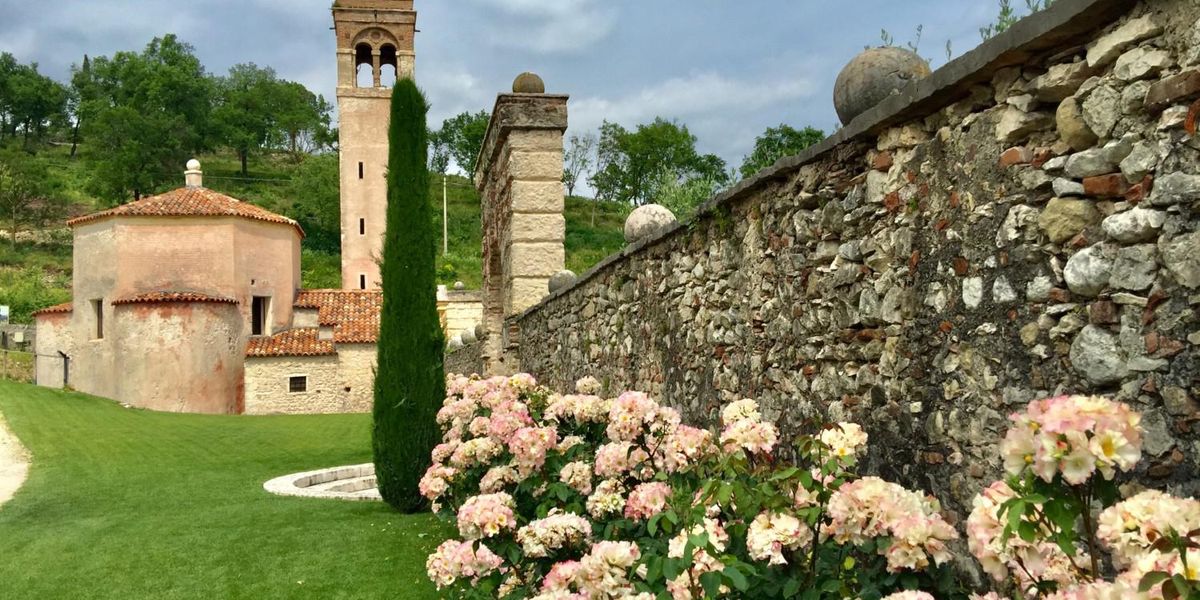
Valpolicella was an area designated by the Romans as particularly suited for the cultivation of wine, so much so that its name in Latin, "Vallis-polis-cellae", literally means "valleys with many wineries". There are five municipalities in the "classic area" which resembles the fingers of a hand because of the conformation of the territory: Fumane, Marano di Valpolicella, Negrar, San Pietro in Cariano, Sant'Ambrogio di Valpolicella. In the valleys from which the wine takes its name are produced Valpolicella Classico, Valpolicella Classico Superiore, Valpolicella Ripasso Classico, Valpolicella Ripasso Classico Superiore, Amarone della Valpolicella Classico and Recioto della Valpolicella Classico.
Valpolicella is a wine known all over the world and it is produced exclusively with autochthonous grapes of the territory: Corvina, Corvinone, Rondinella, Molinara. Valpolicella Classico and Superiore have the characteristics of structure, tannins and aromas indispensable for the production of great red wines.
Predominantly produced in the hilly part of the territory (at an altitude of 150-250 meters above sea level), Valpolicella Classico combines the flavors of a very wide land with calcareous and clayey soil.
Valpolicella Superiore, with a minimum alcohol content of 12% and lower acidity than the "basic" style, is a softer and rounder wine than the basic Valpolicella. Valpolicella Ripasso is produced by adding to the base wine the skins of Amarone, once the vinification of the latter is completed, that is towards January after harvesting. These skins still contain fermentable sugars, polyalcohols and other substances which contribute to making "Ripasso" a close relative of the noblest Amarone.
Tasting Notes
Valpolicella Classico is a fine wine, ruby red in color, with a vinous bouquet,
subtle, with tones of cherry and rose, with a crisp, dry or pretty smooth taste, pleasantly tannic and lively.
Valpolicella Superiore, coming from selected grapes, must be aged for at least one year and can thus present the characteristic ruby red color with some garnet hints; the slightly ethereal and vanilla aroma; the refined, harmonious, dry and velvety flavor.
Valpolicella Ripasso is produced with a particular process that consists of making a secondary fermentation by macerating in Valpolicella wine the skins coming from the vinification of Amarone. As these skins were subjected to a prolonged drying process, they are particularly rich in sugars and polyols which give the wine structure, smoothness and harmony, acting as a counterbalance to tannins and fixed acidity present in the base wine.
Food Pairing
It is excellent as an aperitif or to be matched with appetizers. It is ideal for matching with first courses and dishes based on bank and red meat.
In summer months, if slightly chilled, it is the ideal ally for matching with many fish dishes. It also enhances soups, boiled meats and cold cuts. It is a versatile and light wine which does not need to be decanted.







